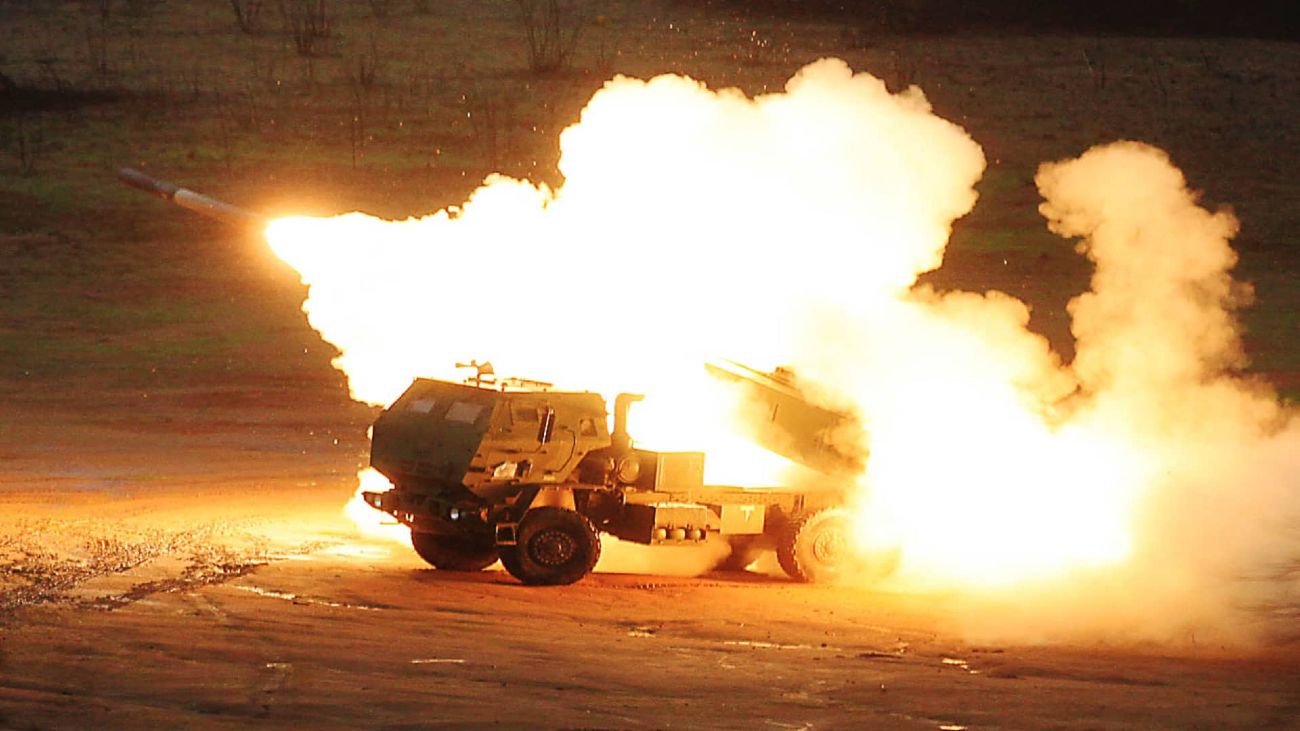The Russian Ministry of Defense (RuMoD) has said that the Pantsir S1 short-range air defense systems have demonstrated 100% efficiency in the ongoing war in Ukraine.
Chinese H-6 Bombers ‘Practice’ Sinking US Aircraft Carriers While Russia, China Begin Massive War Drills Near Japan: Analysis
Ukraine War: Russia’s ‘Most Advanced’ Main Battle Tank, T-90M Proryv, Arrives In ‘Special Operation Zone’
According to the RuMoD, the Pantsir system has been able to detect and destroy multiple targets of various types, including household drones that are as small as 30×30 centimeters.
“The Pantsir detection systems allow operators to calculate both cruise and ballistic missiles, helicopters, aircraft or MLRS shells of the Soviet and Western type, as well as household drones 30x30cm in size, which the intelligence of the Armed Forces of Ukraine (AFU) often used for reconnaissance of the area, as well as kamikaze drones,” the state-owned TASS news agency reported citing the RuMoD.
The RuMoD noted that the Pantsir, among other things, is equipped with a thermal imager that enables the anti-aircraft gunners to see whether a small plastic drone is armed with an explosive device.
Pantsir-S1 Anti-Aircraft Missile
Russia’s KBP Instrument Design Bureau began developing the Pantsir in 1989 to replace the 2K22 Tunguska air defense system. Initially, the system was meant to defend against airfield attacks, missile silos, command posts, and communication arrays.
However, after the collapse of the Soviet Union in 1991, the Pantsir was repurposed as a short-range defense for Russian ground forces. The finalized Pantsir design was inducted into the service in 2003.

The Pantsir’s fire control system (FCS) relies on a target acquisition radar and dual waveband tracking radar which operates in the UHF and EHF (Ultra High Frequency and Emergency High Frequency) wavebands.
The radar has a detection range of 32–36 kilometers and a tracking range of 24–28 kilometers for a target with a Radar Cross Section (RCS) of 2 m². The radar can track targets and the surface-to-air missile while in flight.
In addition to the radar, the FCS also uses an electro-optic channel with a long-wave thermal imager and infrared direction finder, including digital signal processing and automatic target tracking.
The two independent guidance channels – radar and electro-optic – enable the Pantsir S1 to engage two targets simultaneously.
Two guidance channels also help to blunt the threat posed by enemy anti-radiation missiles like the US-supplied AGM-88 HARMs used by Ukrainian MiG-29s that are forcing the Russian air defense crews to switch off their radars.
#Ukrainiian MiG-29 fighter jets firing AGM-88 HARM missiles pic.twitter.com/Md7Cc6oeNE
— Giorgi Revishvili (@revishvilig) August 30, 2022
“And, of course, they’re (Russian air defense units) forced to turn off the radars. Still, you must understand that they have many systems and multiple echelons….. And, for example, in the case of the Pantsir, it also has an electro-optical station, so it’s still a threat for us,” a Ukrainian MiG-29 pilot said in an interview.
The Pantsir S1 system consists of twelve radio command-guided missiles, two rapid-firing 30-millimeter 2A38 autocannons, and electro-optical and radar sensors.

It is based on the supersonic 57E6 interceptor missiles that can engage targets at a range of 200 meters to 20 kilometers and reach high maximum altitudes of 33,000–49,000 feet while the cannons add an extra final line of defense. Russian sources claim that the missile can hit air targets flying at speeds up to 1,000 m/s.
Pantsir Shooting Down HIMARS Rockets
The ministry also released a video of a Pantsir S1 system in action, purportedly showing the system destroying incoming HIMARS rockets.
As EurAsian Times reported recently, the Russian military has concentrated on defeating HIMARS. As part of that, Russian air defense troops have been equipped with new software to swiftly detect and shoot down HIMARS rockets.
A commander of a Russian air defense unit stationed in the Zaporizhzhia region recently told local Russian media that the new software allows them to shoot down HIMARS MLRS missiles “without difficulties.”
“If at the initial stage the Russian air defense forces did not understand what the HIMARS MLRS missiles were, then after the firmware of the new program, they became a ‘normal target,'” the Russian air defense commander was quoted as saying by RIA Novosti.
“We freely see, observe and destroy without problems,” the Russian commander added, noting that his unit had successfully shot down approximately 10 HIMARS rockets, including four in November.
Russian experts say that the new software enables the Russian air defense units to make roughly 100 percent accurate calculations, allowing them to shoot down HIMARS rockets quickly.

Alexei Podberezkin, the director of the Center for Military-Political Studies of MGIMO, told Sputnik radio, “In principle, even before the new software, 75-80 percent of the missiles were launched by HIMARS systems were shot down, but not 100 percent.”
Podberezkin explained that a HIMARS rocket is pretty long, and an air defense missile must strike accurately at its warhead to destroy it.
He also noted that HIMARS rockets are fired from incredibly long distances, and it is essential to calculate their course accurately, as minor errors in course calculation will cause the interceptor missile to miss hitting its target.
This is where the software update comes in, as it enables the precise calculation of the rocket’s course to ensure that the rocket warhead is struck.
- Contact the author at tanmaykadam700@gmail.com
- Follow EurAsian Times on Google News




